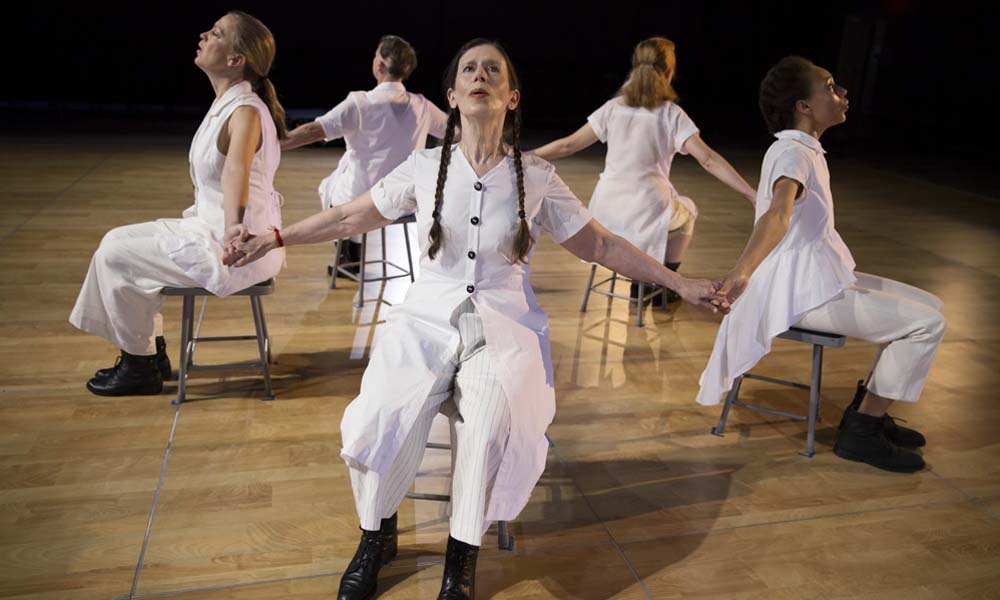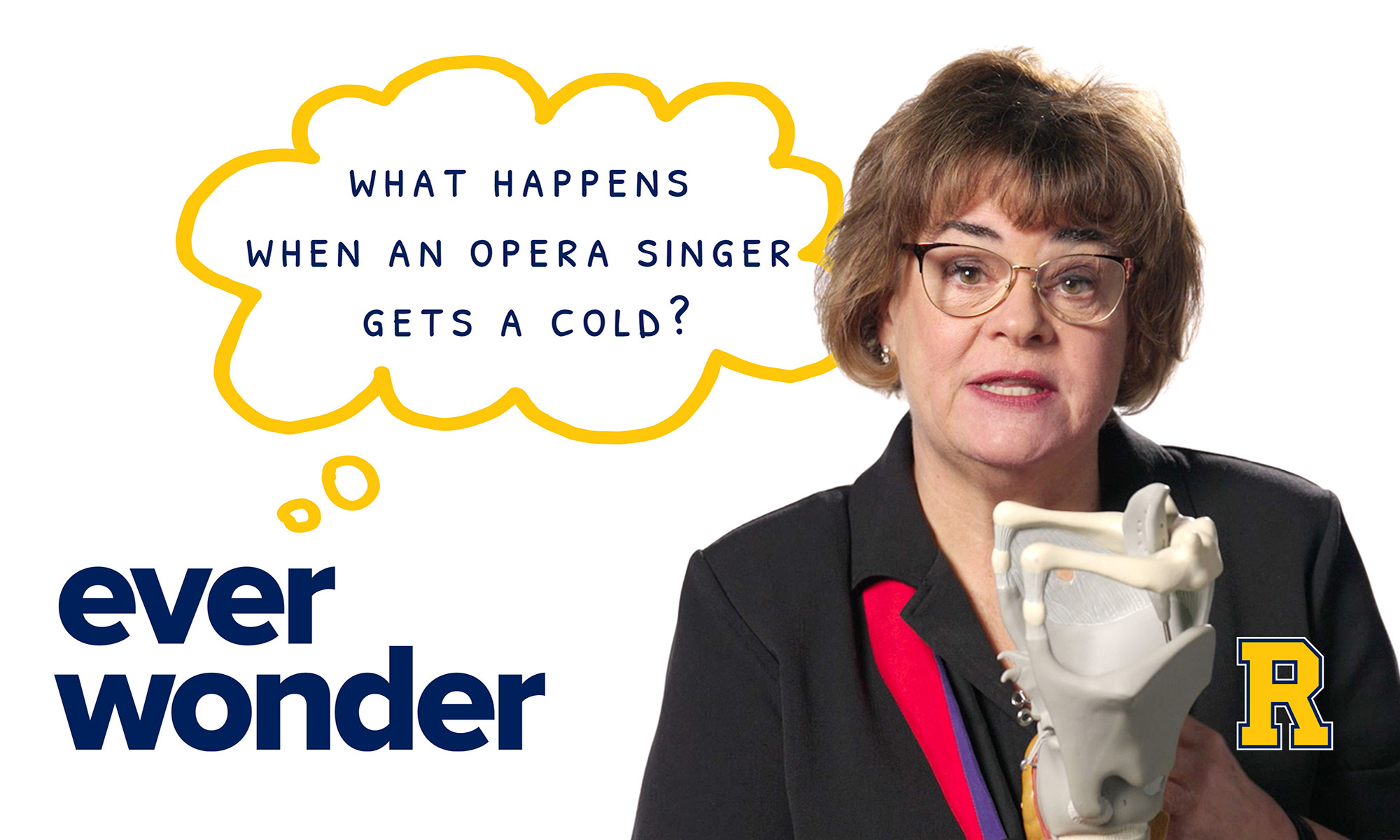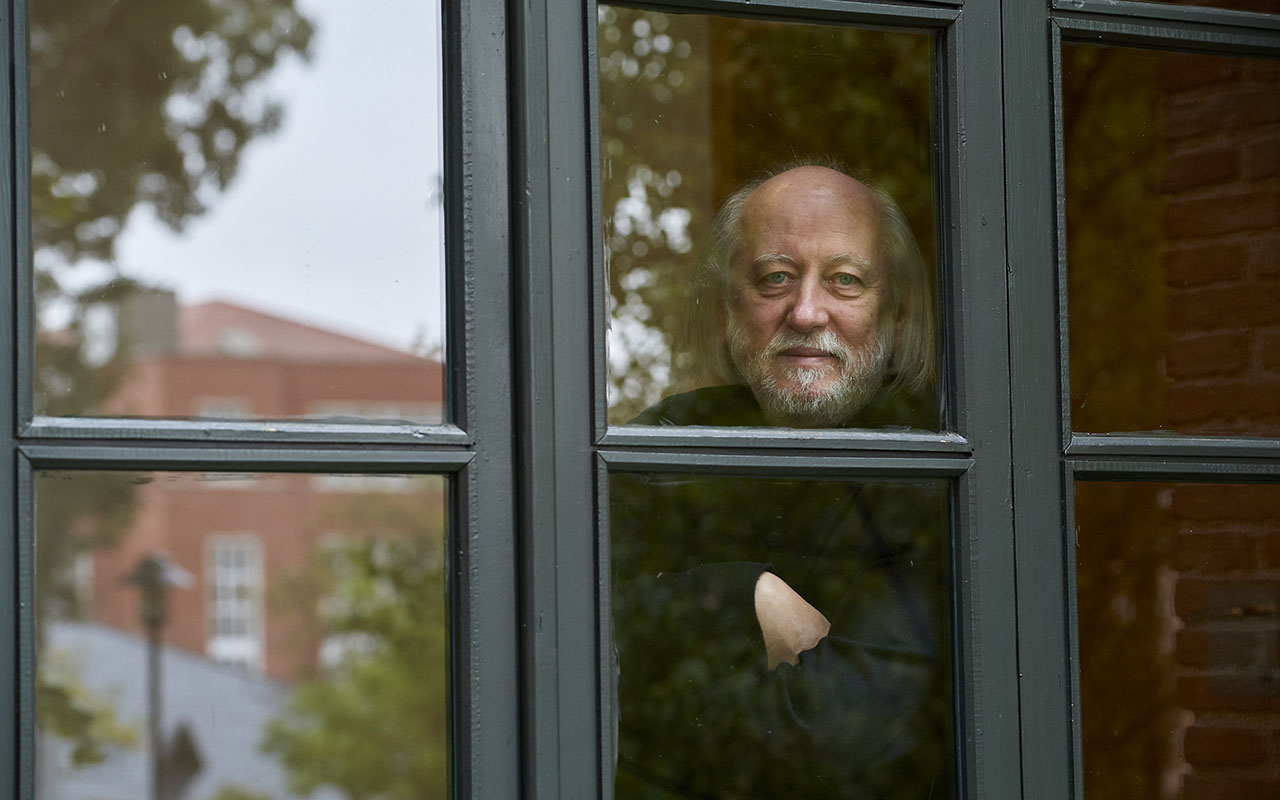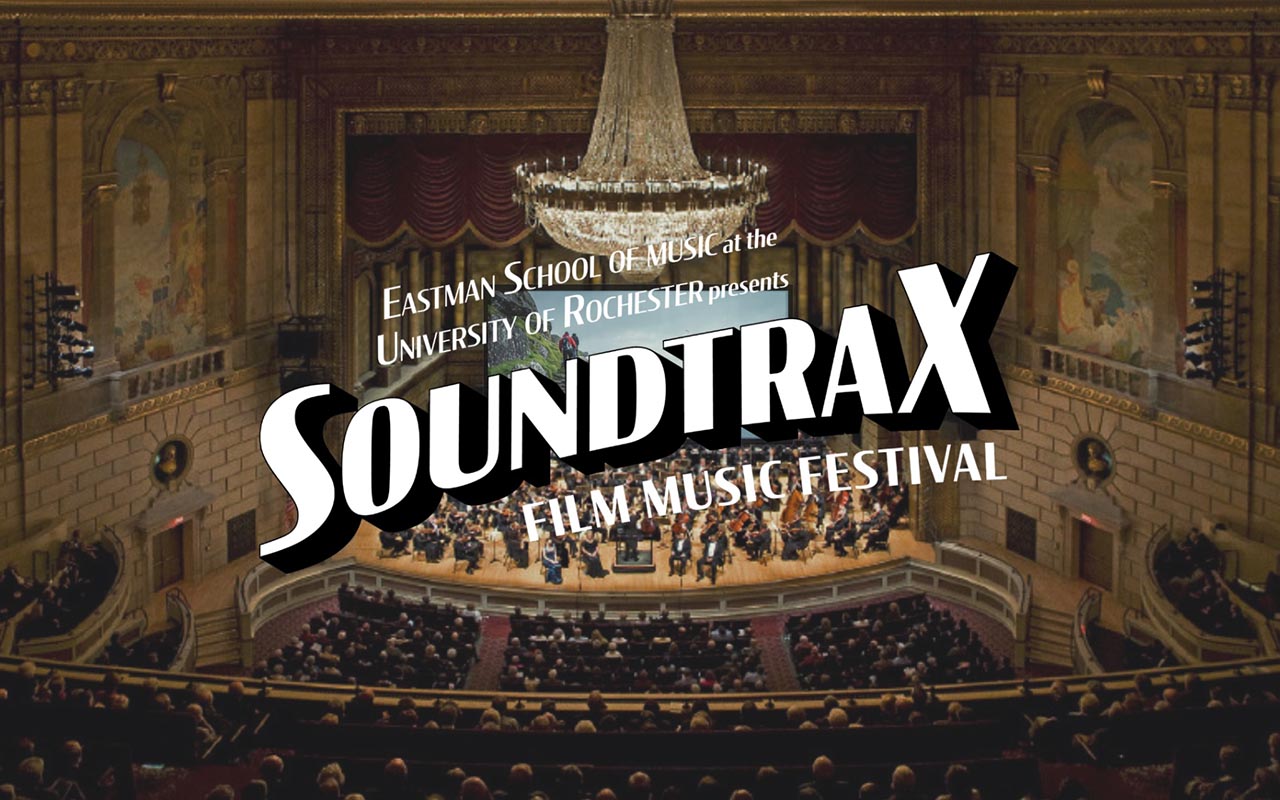The University is home to world-class programs in the performing arts through the Eastman School of Music as well as programs in music, theater, and dance in the School of Arts and Sciences. The new Sloan Performing Arts Center—a 29,000-square-foot facility on the River Campus—is slated to open in spring 2021 and will provide a space for theatrical programs, dance programs, concerts, and other activities. The center will house a theater, scene shop, dressing rooms, costume shop, and conditioning lab.
Our “Spotlight on the Performing Arts” will feature a regular interview with a faculty member, student, or visiting artist in the areas of music, theater, or dance. Learn more about performing arts on the Institute for the Performing Arts website.
Upcoming Events during Meredith Monk’s Artist Residency
Monday, Oct. 21 at 7:30 p.m.
Meredith Monk’s Cellular Songs: Concert Version—SOLD OUT
Tuesday, Oct. 22 at 11:05 a.m.
Master Class: Meredith Monk—Reserved for University of Rochester students
Tuesday, Oct. 22 at 1:30 p.m.
Eastman School Master Class: Meredith Monk—Reserved for University of Rochester students
Wednesday, Oct. 23 at 12:30 p.m.
Glen Watkins Lecture: Meredith Monk—Free and open to the public, but tickets are first come, first served
Meredith Monk has long been recognized not only as a unique and influential artist, but also as one of America’s great gifts to the arts as a composer, singer, director, choreographer, filmmaker, and creator of new opera, music-theater works, films, and installations.
She has received three of the highest honors bestowed on a living artist in the United States:
- Induction into the American Academy of Arts and Letters (2019)
- The 2017 Dorothy and Lillian Gish Prize
- A 2015 National Medal of Arts from President Barack Obama
In conjunction with her 50th season of performing and creating work, she was named Carnegie Hall’s 2014–15 Debs Composer’s Chair. The year 2019 brought renewed attention to two of her masterpieces, with a widely praised Los Angeles revival of her 1993 opera Atlas, and the release of a newly restored film of her multimedia work from the 1970s, Quarry, an exploration of fascism.
Monk will be in residence at the University of Rochester from Monday, October 21 through Wednesday, October 23, for a multi-day residency titled “Dancing Voice/Singing Body.” She will serve as the inaugural visiting artist for the Institute for the Performing Arts at the University’s School of Arts and Sciences, and as the 2019 Glenn Watkins Lecturer at the University’s Eastman School of Music. This Eastman lecture program was established in 2003 by distinguished musicologist and Eastman School of Music alumnus Glenn Watkins ’53, to bring an exceptional figure in the field of music and related humanistic disciplines to speak at the school.
Here, Monk answers questions about her work.
At the University of Rochester, our students can essentially create their own curriculum, leading to a lot of cross-disciplinary study and research. We have students who major in both biology and dance, for example. You’ve talked a lot about interweaving disciplines. How has that enriched your own work?
I think this is a wonderful and progressive way to think about education, and looking back, this kind of openness was definitely important to me in my own development as an artist. While at Sarah Lawrence College I studied voice, dance, and theatre, and created my own combined performing arts major. For me, there was a sense of wholeness in being able to learn and work across disciplines. I think this kind of approach helps to illuminate connection and is very reflective of the world we live in today. In my music-theater work, I aim to affirm the richness of human experience. Weaving together different perceptual modes across disciplines is one way to both reflect and offer that.
Where do you find your inspiration?
Nature has been my greatest inspiration, but I also love to read, watch films, and listen to all kinds of music. There have been numerous composers, singers, writers, filmmakers, and visual artists who have inspired me. I admire anyone who has followed their own path, asked questions, and who has found places that fall between the cracks of genres or categories.
You are a highly celebrated pioneer of interdisciplinary performance. Is there a message that you’re hoping to send to a future generation of artists influenced by your work?
My hope is that each of us may find what is unique to us as individuals, and to keep a spirit of inquiry and discovery alive. If you have a vision of something that you want to do, follow it and you will find a way.




